In the early days of online gambling, most casinos were stand-alone projects managed by small teams or single operators. Each site had its own software, payment systems, and customer service setup. The result was a fragmented market where players often had to create multiple accounts and navigate different user experiences. Over time, as competition intensified, operators began merging or acquiring new brands to expand their reach and pool their resources.
The creation of casino groups gave rise to shared infrastructure and consistent game offerings. Operators realized that maintaining multiple brands under one framework was far more efficient than managing them separately. These shared systems offered standardised payment processing, unified customer support, and recognizable bonus structures. Players began to notice familiar interfaces across different brands, a clear sign that one company was behind several sites.
As the concept matured, the idea of sister sites emerged. Operators like SSC Entertainment N.V. began managing networks such as the Candyland casino sister sites, where multiple casinos operated under a single umbrella. Each site catered to a specific niche or theme but offered similar trust standards and technological backbones. This marked a major shift in the industry, where brand diversity existed within corporate unity.
The Rise of Multi-Brand Operators and Licensing Hubs
Large operators became the new backbone of the online casino ecosystem. Instead of launching just one brand, companies started to build families of casinos that shared their infrastructure and licenses. The Curacao-based SSC Entertainment N.V., for example, built a recognizable portfolio that included Candyland Casino, Cocoa Casino, and Da Vinci’s Gold. The shared technology allowed faster scaling and uniform compliance procedures across all sites.
This multi-brand model simplified operations while keeping each brand unique in tone and visual identity. Operators could adjust game selections, bonuses, and promotional styles to attract different segments of players without rebuilding their systems. A network could include a slot-focused casino, a live-dealer platform, and a crypto-friendly option—all maintained under one regulatory license. This not only reduced administrative complexity but also boosted player confidence.
Licensing hubs also emerged as key players in this evolution. Regulators such as the UK Gambling Commission and Curacao eGaming became the gatekeepers for entire networks of sister casinos. By centralizing regulation, they ensured that all connected brands maintained responsible gaming measures, fair-play protocols, and financial transparency. Operators used this structure to expand internationally while still aligning with national rules in the UK.
Player Experience and Brand Identity Across Sister Sites
As operator networks grew, player experience became the main focus. Operators invested in smooth transitions between sister brands, allowing users to feel at home regardless of which casino they joined. Familiar interfaces, similar payment gateways, and consistent withdrawal policies helped players trust new brands more quickly. Shared support systems also meant faster problem resolution and standardized customer care quality.
Despite these shared systems, brand individuality remained important. Operators learned to diversify their casinos through themes, design, and promotional voice. One brand could have a classic luxury feel, while another might embrace modern gamified elements. These differences created a sense of choice while retaining the reliability of a known operator. This balance between familiarity and novelty became a cornerstone of the modern UK casino experience.
For players, this setup brought several advantages. They could switch between casinos under the same operator without worrying about safety or unfamiliar rules. The consistency of bonuses, payment reliability, and game fairness gave users confidence in exploring multiple sites. The harmony between variety and trust is what made sister site networks stand out in a crowded gambling landscape.
Regulation, Trust, and the Evolution of Compliance Standards
Regulation played a decisive role in shaping operator behavior. The UK Gambling Commission established strict standards for transparency, data protection, and player safety. Operators running multiple brands had to ensure that each site met the same high standards. This prompted the development of centralized compliance departments within casino groups, ensuring that every license requirement was met.
International operators with UK exposure also had to navigate complex jurisdictional overlaps. Curacao and Malta licenses offered flexibility, but UK-focused casinos needed to comply with more rigorous conditions. The shift toward higher accountability forced operators to integrate responsible gaming tools, deposit limits, and self-exclusion systems across all their brands. This evolution improved the reputation of multi-brand operators and reassured players about the fairness of their networks.
As regulatory oversight strengthened, trust became a defining feature of successful casino networks. Operators that maintained full transparency gained loyal player bases and higher retention rates. The modern UK casino environment now depends on these evolved operational standards, where regulation and technology together ensure consistency, fairness, and security across every sister site.


